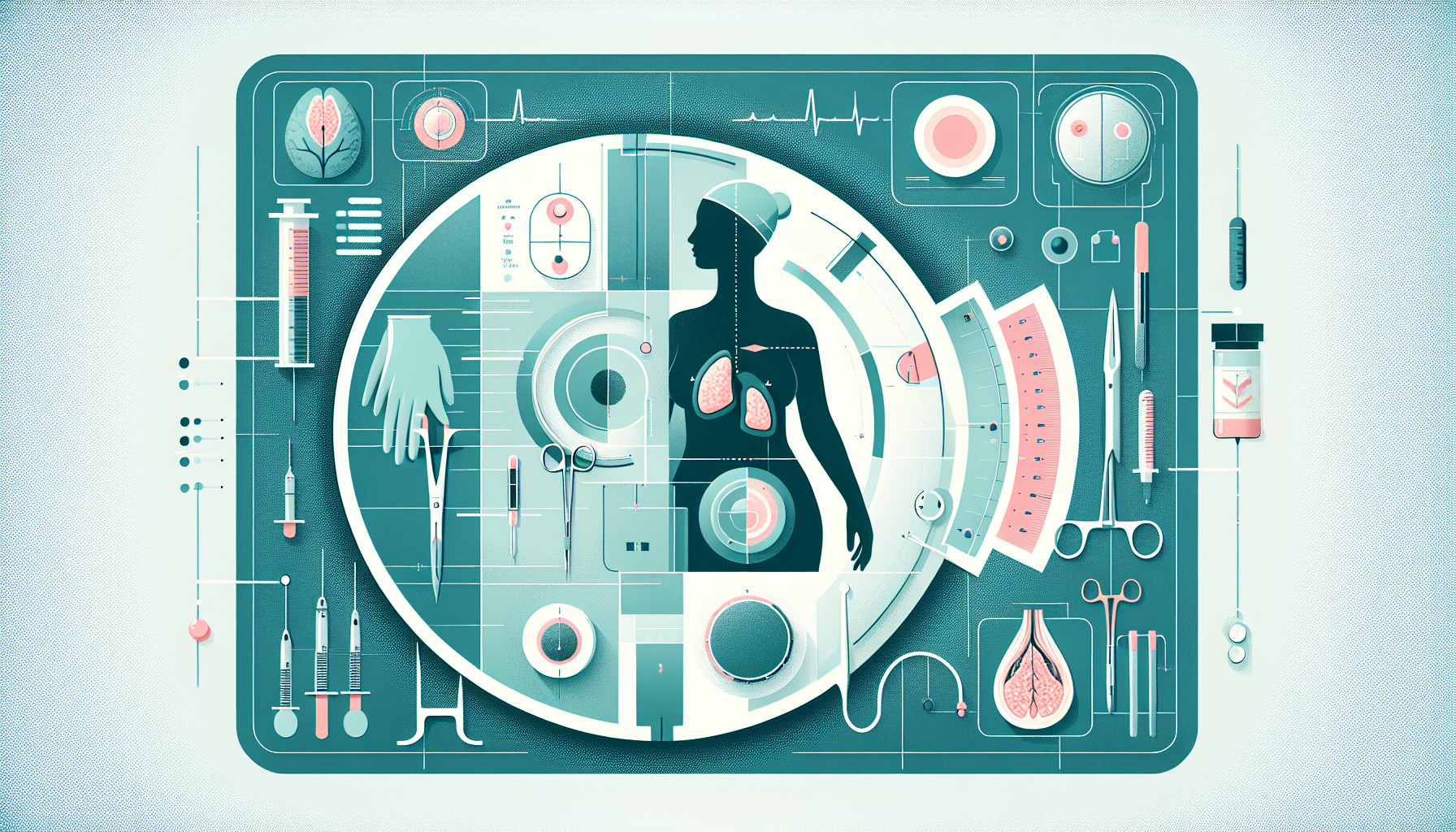Our Summary
This research paper discusses the importance of personalized care in breast reconstruction surgeries after a mastectomy, which is the removal of one or both breasts, usually due to cancer. The success and aesthetic results of the reconstruction heavily depend on the quality of the remaining breast tissue after the mastectomy. The blood supply to the nipple and remaining skin should be preserved during the surgery, which can be challenging due to varying tissue thickness in different patients.
The paper emphasizes that a standardized approach doesn’t work for every patient. Instead, careful examination and understanding of each individual’s breast anatomy with the help of imaging techniques can guide the surgical plans. The paper also highlights the importance of a team approach, where the breast and plastic surgeons work together and involve the patient in decision-making processes.
During the procedure, surgeons need to be prepared to adapt their plans based on the condition of the remaining breast tissue to avoid complications and achieve the best aesthetic results.
FAQs
- What factors are crucial in determining the success of a breast reconstruction after a mastectomy?
- How does preserving the subcutaneous tissue during a mastectomy contribute to the reconstruction process?
- How does a team-based approach between the breast surgeon and plastic surgeon benefit the patient undergoing a mastectomy and reconstruction?
Doctor’s Tip
One helpful tip a doctor might tell a patient about mastectomy is to maintain open communication with your healthcare team throughout the process. This includes discussing your goals and concerns, following post-operative care instructions, and attending follow-up appointments to monitor your healing progress. It is important to advocate for your own needs and ask questions if you have any uncertainties. By working closely with your healthcare team, you can ensure a successful recovery and achieve the best possible aesthetic outcome.
Suitable For
Patients who are typically recommended for mastectomy include those with:
- Breast cancer, especially if the tumor is large, aggressive, or located in multiple areas of the breast
- A high risk of developing breast cancer, such as those with BRCA gene mutations or a strong family history of the disease
- Inflammatory breast cancer, which often requires extensive removal of breast tissue
- Recurrent breast cancer that has not responded to other treatments
- Severe breast trauma or deformity that cannot be corrected with other procedures
- Gender dysphoria or transgender individuals seeking gender-affirming surgery
Ultimately, the decision to undergo a mastectomy should be made in consultation with a multidisciplinary team of healthcare providers, including breast surgeons, plastic surgeons, oncologists, and mental health professionals, to ensure the best possible outcome for the patient.
Timeline
Before Mastectomy:
- Patient receives a diagnosis of breast cancer or decides to undergo prophylactic mastectomy
- Preoperative consultations with breast surgeon, plastic surgeon, and other members of the healthcare team
- Imaging studies such as mammograms, ultrasounds, or MRIs to assess the extent of the disease and plan for surgery
- Decision-making process regarding the type of mastectomy (skin-sparing, nipple-sparing, or total mastectomy) and potential reconstruction options
- Education and counseling on the potential physical and emotional effects of mastectomy
After Mastectomy:
- Surgical procedure to remove the breast tissue, potentially including the nipple and surrounding skin
- Immediate or delayed breast reconstruction using techniques such as implants, tissue expanders, or autologous tissue transfer
- Postoperative recovery period, including pain management and monitoring for complications such as infection or fluid accumulation
- Physical therapy and rehabilitation to regain range of motion and strength in the affected arm and chest
- Emotional support and counseling to address body image issues and coping with the changes in appearance
- Long-term follow-up care to monitor for recurrence of cancer and address any issues related to the reconstruction
Overall, the journey before and after mastectomy is a complex and challenging process that requires collaboration between the patient and healthcare team to achieve the best possible outcome in terms of both oncologic and aesthetic results.
What to Ask Your Doctor
What are the different types of mastectomy procedures available and which one do you recommend for me?
What are the potential risks and complications associated with mastectomy surgery?
How will mastectomy affect my overall health and quality of life?
What are the options for breast reconstruction after mastectomy and which one do you recommend for me?
How long is the recovery process after mastectomy surgery and what can I expect in terms of pain and discomfort?
Will I need any additional treatments or therapies after mastectomy, such as chemotherapy or radiation?
How often will I need to follow up with you after mastectomy surgery?
Are there any lifestyle changes or precautions I should take after mastectomy surgery?
How will mastectomy surgery impact my ability to breastfeed in the future, if applicable?
Can you provide me with any resources or support groups for patients who have undergone mastectomy surgery?
Reference
Authors: Salibian AA, Frey JD, Choi M, Karp NS. Journal: Aesthet Surg J. 2020 Nov 17;40(Suppl 2):S1-S12. doi: 10.1093/asj/sjaa130. PMID: 33202011
